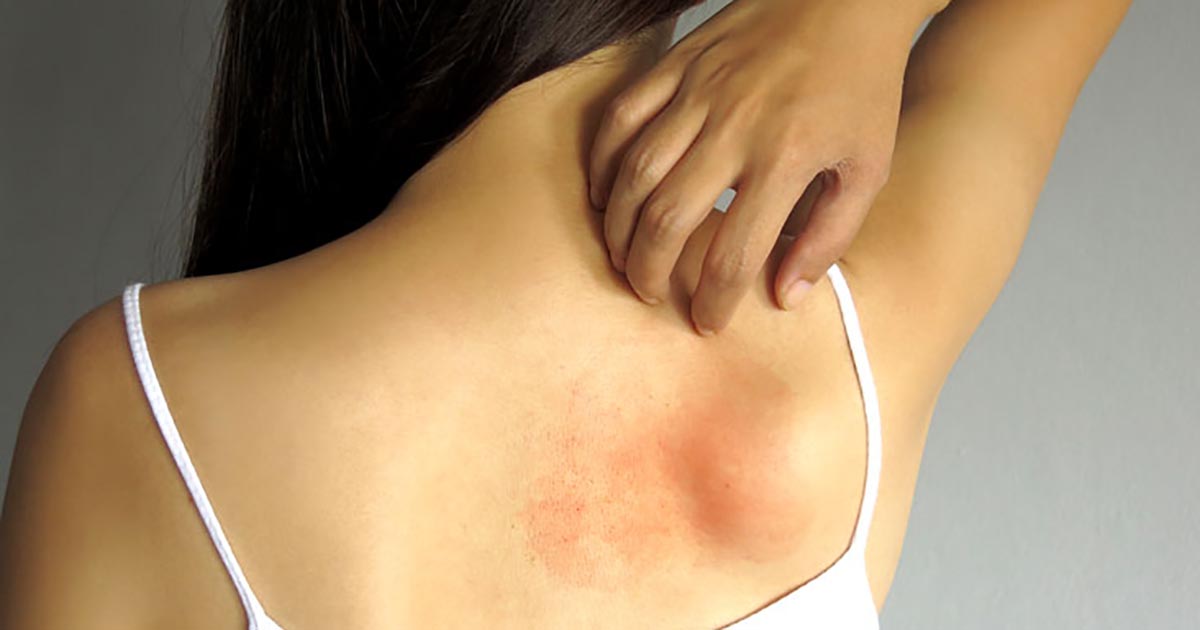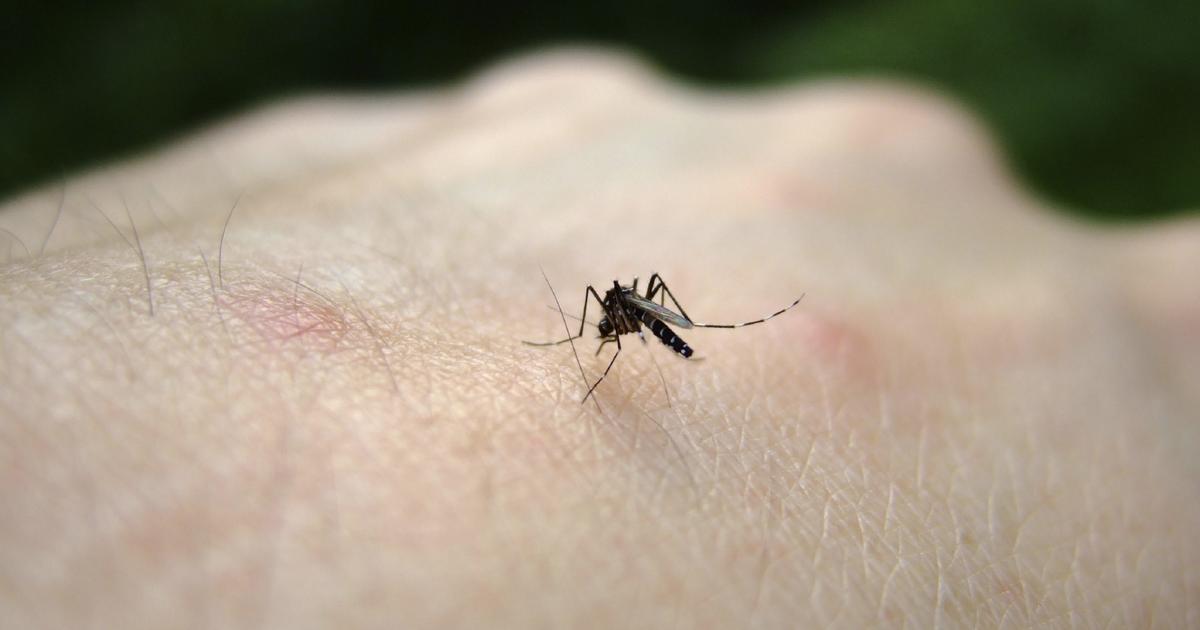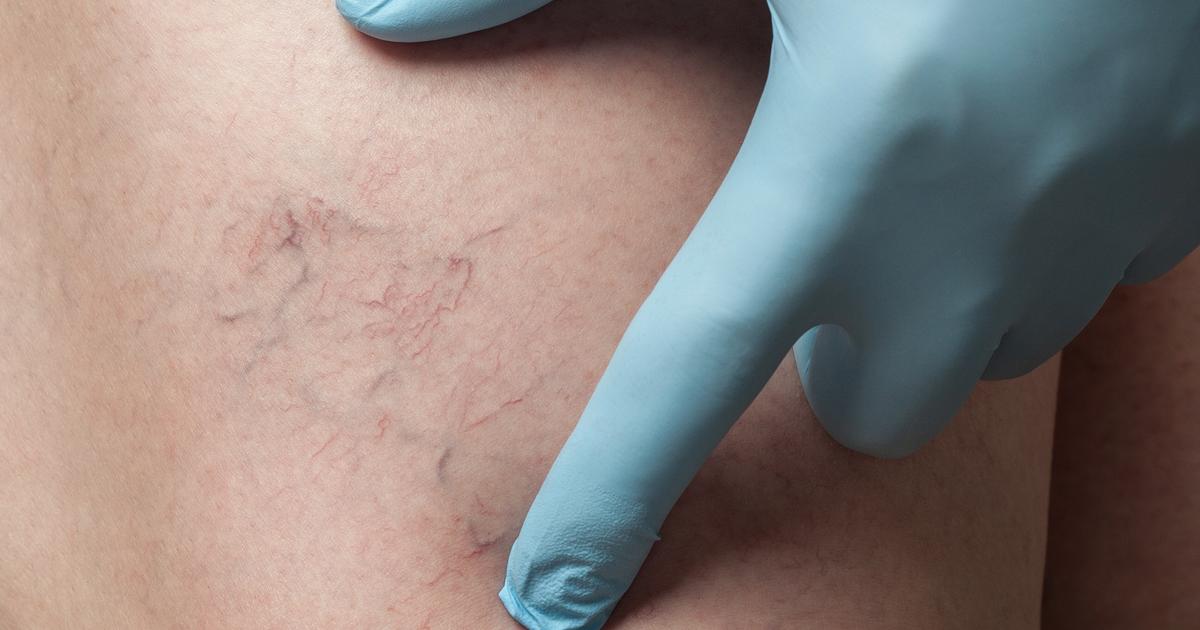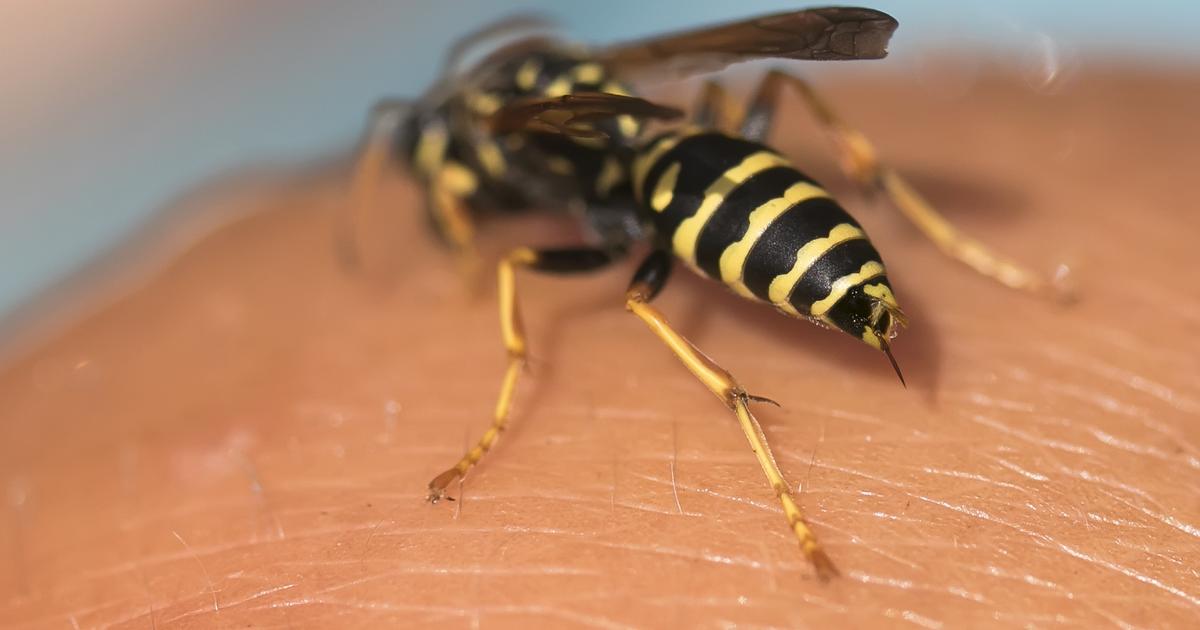Warning Signs Of Morgellons Disease
Morgellons disease is an exceptionally rare disorder characterized by the apparent presence of fibers embedded in, underneath, and protruding from either slow-healing sores or completely unbroken skin. It’s not uncommon for individuals who suffer from this rare condition to experience a variety of nagging issues, including sensations of biting, crawling, or stinging in and on their skin. These symptoms are both bothersome and at times painful for the patient and can end up impacting their daily life, thus reducing the quality of their life. Not only is this condition rare, but it is also controversial, and not yet fully understood. Due to the lack of understanding surrounding Morgellons disease, patients and doctors commonly feel confused, and patients are often left anxious and depressed.
Intense Itching

One of the main signs of Morgellons disease is an intense itching sensation. Intense itching is often brought about as a result of a rash, skin lesion, blister, redness, or bumps though in this case none of these may present themselves. It’s common for the areas of the skin that experience the most itching to be dry and when the patient continues to itch the area, the skin may begin to tear as a result. Sometimes, this itching can become delocalized and spread throughout the whole body, which can make diagnosis difficult, at this may be mistaken for more common medical conditions, such as liver disease. In such situations, the skin may appear at first normal from the outside. If for no explained reason, individuals begin to notice intense sensations of itching, it may be worth bringing this up with their doctor. Though Morgellons disease is exceptionally rare, it is a possibility.
Crawling Sensations On Or Under Skin

Another telling sign of Morgellons disease is crawling sensations on or under the skin. This sign is also known as formication, and is characterized by a feeling reminiscent of bugs crawling underneath or across the skin. The name formication comes from the word 'formica,' which is Latin for ant. The itching or crawling sensation is known as a sort of paresthesia. Paresthesia comes about as a result of feelings on or in the skin that occur without any actual physical cause. Aside from the feeling of something crawling on or under the skin, paresthesia can take a variety of other forms. Some other forms of paresthesia include tingling, burning, or numbness. This strange crawling sensation under or on the skin may also be similar to the feeling of 'pins and needles' patients can feel when their leg falls asleep. Formication is also referred to as a tactile hallucination, so called because individuals are experiencing a feeling with no apparent physical cause.
Depression

Aside from just physical signs of Morgellons disease, some mental signs can also come about, such as depression. It’s common for individuals to feel lonely or sad sometimes; these feelings are a normal part of life. Experiencing a loss, hurt feelings, or having to deal with some of the common struggles of life can all bring on feelings of sadness. However, when individuals notice these depressing feelings are coming on and feel overwhelming, last for longer than usual, incur physical symptoms, affect their ability lead a normal active life, it may be a sign there is some other underlying cause. One such cause of depressing thoughts is Morgellons disease. It’s common for Morgellons disease patients not to be believed, because, as stated, this disorder is extremely rare and very misunderstood. As a result of this skepticism, patients may often become frustrated or depressed.
Difficulty Concentrating

Another common symptom of Morgellons disease is a difficulty concentrating. It’s quite common for patients with Morgellons disease to complain about short-term memory loss and clouded or foggy thoughts alongside the more obvious physical signs. When individuals with Morgellons disease are dealing with common physical symptoms, such as itching or crawling sensations, it can become difficult to concentrate on everyday tasks. These mental signs of Morgellons disease are terribly bothersome for patients who already have to deal with this strange and scary disease. It’s important to note though, these mental signs may also be signs of much more common disorders. If the only sign or symptom is an unexplained difficulty concentrating, Morgellons disease should not be someone's first suspicion.
Short-Term Memory Loss

Besides the feelings of sadness and confusion, as well as an inhibited concentration, another common sign of Morgellons disease is the sudden occurrence of short-term memory loss. Loss of short-term memory, regardless of the cause, is an incredibly frustrating problem to have to deal with and can be quite embarrassing for individuals who suffer from it. Short-term memory is anything individuals are thinking about presently and are aware of. It may also be referred to as active or primary memory. Sense data, including sounds and scents and events that happened recently, are all a part of short-term memory. Short-term memory will usually include anything that has happened to an individual from anywhere between a minute to several days previously. Due to short-term memory not needing to be accessed as frequently as long-term memory, the brain is typically limited in its ability to store this information.
Insomnia

Insomnia is a disorder where an affected individual has regular and consistent difficulties with falling asleep or remaining asleep. Many common causes of insomnia are other pre-existing diseases and conditions that produce symptoms that make it difficult to fall or stay asleep regularly. Individuals with Morgellons disease can experience problems with falling or staying asleep regularly due to the adverse effects of other characteristic symptoms on the sleep process. Morgellons disease patients can experience strong itching sensations that cause them to scratch their skin, keeping them from falling asleep properly. Others can also interrupt the process of sleep, such as crawling, tingling, stinging, and biting sensations. The mental and emotional stress produced by such symptoms can also cause insomnia.
Joint Pain

The joint pain that occurs in individuals affected by Morgellons disease is thought to be related to its close association with Lyme disease. Lyme disease is an infectious disease that develops due to the invasion of the body by the Borrelia bacterium. The Borrelia bacteria are spread to humans via tick bites, and symptoms tend to manifest around a week following the bite. Joint pain develops in Lyme disease in the later stages or chronic form of the disease. The synovium in the joints is attacked by the Borrelia bacterium, which induces an immune system reaction. The affected individual's immune system releases substances and summons certain types of cells to the joint through mechanisms that cause the area to swell and become inflamed.
Fibers On Or Under Skin

An individual who presents with fibers on or under their skin may be affected by Morgellons disease. The fibers can be different colors, have a threadlike shape, seed-like or sand-like appearance, crystallized specks, or other inexplicable marks. These fibers on the skin tend to appear in sores. The exact composition of the fibers is not currently known but is thought to be comprised of particles of cotton. Other research has shown fibers from several patients to be comprised of collagen, keratin, and other proteins naturally found in the human body. The fibers found on, under, or erupting from unbroken skin or sores tend to be red, black, white, or blue. These mysterious fibers are one of the main reasons why Morgellons disease is so perplexing to the medical community, as it is unclear where they originate from.
Fatigue

Fatigue is a term used to describe when an individual's body experiences a shortage of cellular energy needed to meet its demand. Cellular energy or ATP is produced through a process in the cells that require nutrients, oxygen, glucose, and other resources to carry out. When a mechanism in the body causes any of these elements to become depleted, the cells cannot produce enough energy to meet the needs of all of the body tissues. Morgellons disease can cause insomnia, which means patients do not get enough sleep. Without enough sleep, the cells are not able to carry out regeneration and production processes required for the production of ATP. Infectious causes of Morgellons disease can also deplete the glucose and other nutrients required for the cells to produce enough ATP. When the body does not have enough cellular energy, the energy produced is saved for use in the vital organs and causes non-vital organs like peripheral muscles to feel tired.
Feelings Of Being Bitten Or Stung

An individual who experiences strange sensations or feelings of their skin being bitten or stung may be affected by Morgellons disease. Symptoms related to abnormal sensations are thought to be the result of psychiatric problems like delusional parasitosis or unexplained dermopathy. Other possible causes of the abnormal and unpleasant skin sensations in Morgellons disease patients include nerve issues precipitated by Lyme disease. The pathogenesis of the sensations felt by Morgellons disease patients is poorly understood and sparsely researched. The Center for Disease Control and Prevention states that Morgellons disease does not develop as a result of any environmental substances like those that produce allergies and other unrelated dermopathies. The most common symptom complaint made by affected individuals is unpleasant sensations in the skin. These sensations have been described to feel like bugs are crawling all over or underneath the skin, intense and severe itching, feeling of stings or zaps in the skin, and the feeling of the skin burning or being bitten.
